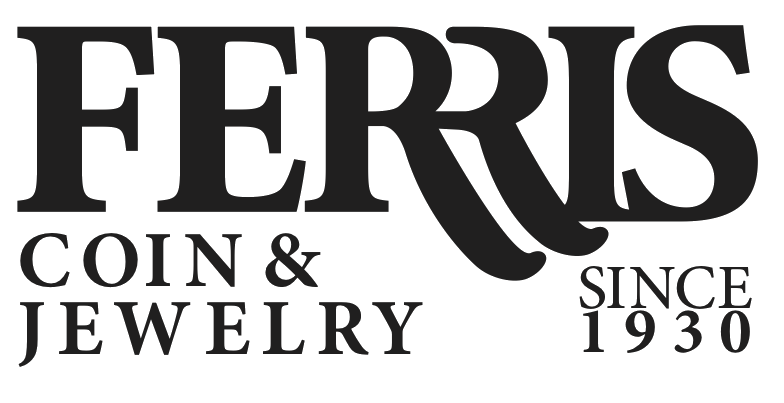Exhibit: Capital Region Currency: A History of Money in America (WRGB CBS 6)
BY WRGB Staff
The following article originally appeared on CBS 6 Albany
October 28, 2017 — You can check out the exhibit "Capital Region Currency: A History of Money in America" as Ferris Coin Celebrates it's grand re-opening on Wolf Road, November 1st.
It features a sampling of currency used in the Capital Region dating from the Colonial era to present day. Many of the paper notes were printed locally and bear the names of Capital Region cities, including Albany, Schenectady, Watervliet, Hudson and Troy.
Co-owner of Ferris Coin Geoff Demis joined Heather Kovar in the studio with a preview of some of the rare local currency.
Demis says the Colony of New York issued notes as early as 1709.
Those were in British pounds.
During The Revolution, Americans needed our own money. So we created Continental Currency. This is a Six Dollar note from 1775. We switched our currency to Spanish milled dollars to differentiate ourselves from the British. (Like how we drive on the other side of the road!)
During the 1820s through 1850s is the period when we produced some beautiful local tender in places like Troy and Albany, which we now call “obsolete notes.”
Included in the exhibit is a $5 bill printed by the Manufacturers Bank in Troy. It features a very early image of Henry Burden's Ironworks in South Troy. The famous Burden Water Wheel was in one of these buildings.
Demis says his favorite piece is a 1902 $5 bill issued by The National City Bank of Troy. He says around 1875, the government started regulating national banks to make sure they could guarantee they had the gold or silver to back the note.
So you could spend this note anywhere in the country (which was important for pioneers heading West).
You can see, the note is counter signed by bank Cashier Rice C. Bull, a Civil War veteran from Troy who wrote a very famous memoir about the war.
In 1928, bank notes switched to the size that we use today. Demis also shows us a bill issued by the National Bank of Watervliet in 1929.
You can see it looks like the money we use today.
FDR took the U.S. off of the gold standard in 1933 so that Americans could no longer turn in paper notes for gold. We stopped producing gold coins in 1933. Ninety-percent silver coins were officially produced until 1964 -- occasionally you can still find them in your pocket change today.
The display runs this Wed. Nov. 1 through Nov. 22 at Ferris Coin at 199 Wolf Road.
